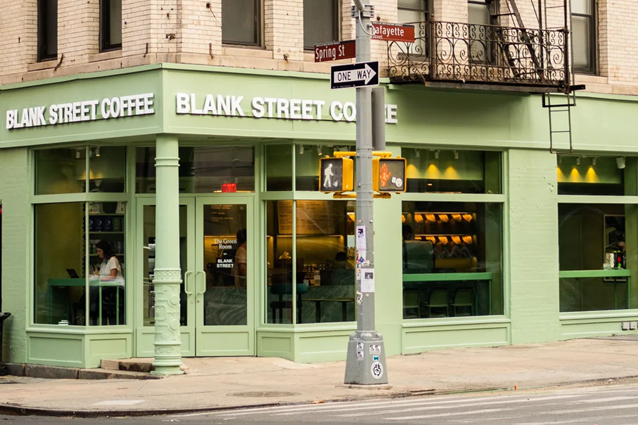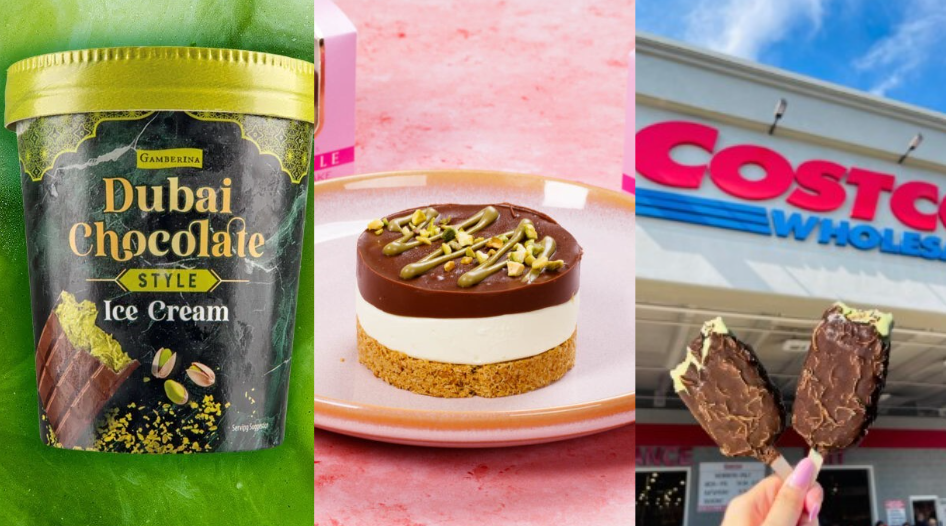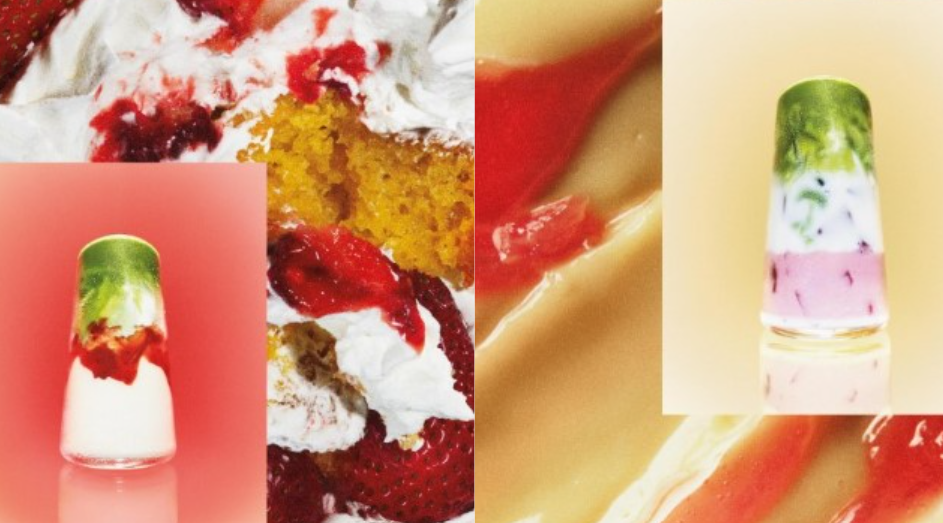Has Pistachio met its Matcha?
Over the past few months, the internet has been cracking open a trend that’s as tasty as it is pricey: Dubai pistachio products. Once a rare treat reserved for visitors to the UAE, the original pistachio chocolate bar from Fix Dessert Chocolatier went viral and for good reason. Featuring a goopy pistachio cream and crunchy knafeh filling, these indulgent delights sold for a jaw-dropping $18.50 (around £14) per bar. Naturally, viewers went nuts, with many trying to recreate the treat at home.
Soon, major players jumped on the bandwagon. Lindt released its own version and before long, countless brands were adding their two pence (or two pistachios) to the trend.
While pistachio is hardly a “new” ingredient, the Dubai dessert trend catapulted it into the mainstream spotlight. As a result, the craze has contributed to a global pistachio shortage. Prices have surged from $7.65 to $10.30 per pound, a 35% increase, as reported by the Financial Times. With rising costs, brands are understandably hiking prices, but will consumers continue to fork out for the green gold?
And pistachio isn’t the only ingredient enjoying its moment in the sun. It may have met its Matcha. This vibrant Japanese green tea has been infused into Western consciousness, becoming the ingredient of the summer. Chains like Blank Street are helping to drive the trend, pairing matcha with sweet flavours that make this healthy caffeine alternative more familiar for Western tastes.

Of course, matcha isn’t a newcomer either. Rooted in centuries of Japanese tea ceremony tradition, it is now being repackaged for the digital age, praised for its health perks, glowing skin benefits, and luxe appeal. But much like pistachio, demand is outpacing supply. Japan’s Ministry of Agriculture, Forestry and Fisheries (MAFF) reported that between 2010 and 2023, global matcha production rose by a staggering 185%, with Japan struggling to keep up.
So here we are, two trendy ingredients, both deeply rooted in tradition, now facing modern dilemmas. As prices rise and availability shrinks, it’s worth asking whether this consumption frenzy can last. Will the next wave of viral foods push pistachio and matcha off their thrones, or will they remain staple obsessions for the health-conscious, trend-chasing masses?
Which Products Should You Give the Green Light
In the fast-paced world of innovation and new product development, it is easy for brands to get swept up in trends without asking whether consumers need or even want another matcha pistachio product.
For brands that need to enter the space to stay competitive, success relies on more than reacting to the latest trend. It starts with understanding where your brand can make an impact, which flavour combinations will resonate with your audience, how much consumers are realistically willing to pay, and how to package and position your product so it stands out rather than blending into a sea of green.
This is where testing plays a key role.
To determine whether recent matcha and pistachio innovations are meeting consumer expectations, we evaluated them using System1’s Test Your Innovation platform. This tool uses the predictive power of consumer emotion to assess how well new products connect with their intended audience, where there is potential to gain traction, and how the product compares with others in the category.
Here is what we assessed:
- Emotional Pull: Using our FaceTrace® tool, we measured emotional resonance to determine how effectively the cookie range resonated with consumers.
- Share Trading: We gauged consumers’ willingness to “buy” or “sell” the collab, revealing key insights into purchasing behaviour and preferences.
- Decision Speed: We tracked how quickly and instinctively consumers engaged with the product. Fast reactions were positively weighted, while slower responses were penalised, offering a nuanced view of enthusiasm and spontaneous engagement.
Given the rising cost of these ingredients, we also included a Price Sensitivity Monitor (PSM) to evaluate how much consumers are willing to pay and whether price is a barrier to purchase. So which product direction performed best? Should your next innovation invest in matcha, pistachio or look elsewhere?
Here’s what we found.
Pistachio Takes the Crown for Now
The results were clear on both sides of the Atlantic. Pistachio products are not just cracking out of their shells; they are flying off the shelves. Pistachio-themed innovations performed particularly well in the UK, dominating the top five concepts tested. In contrast, only one US product, Afters’ Dubai Style Pistachio Ice Cream, managed to break into the top tier.
So, what is driving this pistachio-powered performance, and why does the UK seem particularly receptive?

Among the top performing products, Morrisons’ Dubai Style Cheesecake, Aldi’s Dubai Style Ice Cream, and Afters’ Dubai Style Ice Cream, a clear pattern emerged. All are explicitly labelled as “Dubai style.” In consumer feedback, many referenced the appeal of combining a classic product with a “popular trend” or a “fashionable flavour.” These were the only items in the dataset that directly embedded the Dubai reference in their names, highlighting two key insights.

First, it underscores the power of digital trends and how quickly they can shape consumer preferences. Second, it reveals the importance of familiarity in successful innovation. Pistachio has been around for decades, but it was the viral rise of “Dubai style” chocolate that gave it renewed relevance. Consumers are not just drawn to the flavour; they are drawn to the name.
As John Kearon points out in System1: Unlocking Profitable Growth, the most successful innovations tend to be 80% familiar (measured by happiness) and 20% novel (measured by surprise). While many brands may be riding the pistachio wave, it is the “Dubai” label that brings the sense of familiarity and cultural cachet. It is not the pistachio that consumers recognise, it is the Dubai story.
Despite their popularity, brands may want to rethink their pricing. Most pistachio products were considered too expensive by consumers, with one notable exception: Aldi (no surprise there). In fact, shoppers said they would happily pay an extra 50 pence per tub without hesitation.
Interestingly, these products consistently over indexed on the brand attribute “premium,” suggesting that consumers do perceive pistachio as a more indulgent, upscale flavour, more luxurious than your average trifle. Still, as brands look to balance short term trend appeal with long-term staying power, pricing may be a lever worth revisiting.
Is There No Hope for Matcha?
Unlike pistachio, Matcha’s rising success is not tied to a single viral trend. Instead, it has steadily embedded itself into everyday routines. This makes creating familiarity a bit trickier for brands, as they cannot simply label a product “Dubai style” to make it more top of mind or approachable.
Matcha products need to work a little harder. While the innovations tested were, for now, seemingly less popular than pistachio, Blank Street’s latest Strawberry Shortcake and Rhubarb Custard range still made it into the top five. Consumers particularly praised the “delicious and complementary flavours,” with strawberry standing out as a key driver of appeal. Café Nero’s Vanilla and Strawberry Matcha also performed well, landing in second place in the UK high street café Matcha rankings. Again, strawberry was the standout element.

In contrast, less familiar combinations like lavender or coffee did not resonate as strongly with consumers. This suggests that when it comes to winning over UK audiences, classic and recognisable flavour pairings are the safest bet.
The US, however, told a completely different story. American consumers were more likely to engage with Matcha for its perceived health and beauty benefits. Method’s Matcha Shampoo and Conditioner outperformed flavour-based innovations, with the ingredient strongly associated with attributes like “health” and “natural.” For beauty and personal care brands in the US, Matcha presents a clear opportunity for innovation. In the UK, this health-focused association was less pronounced. Instead, consumers most often linked Matcha with being “innovative,” showing that the ingredient still holds novelty appeal in this market.
Create with Confidence
One thing is certain. The viral ability of platforms like TikTok is a force to be reckoned with and proof that when brands tap into strategies built in alignment with the platform they are using, the impact can be mass and broad. If you are looking to enhance your effectiveness on digital and understand what truly drives viral traction, download our latest report for key insights and actionable strategies.

